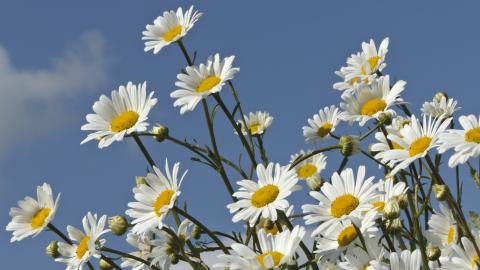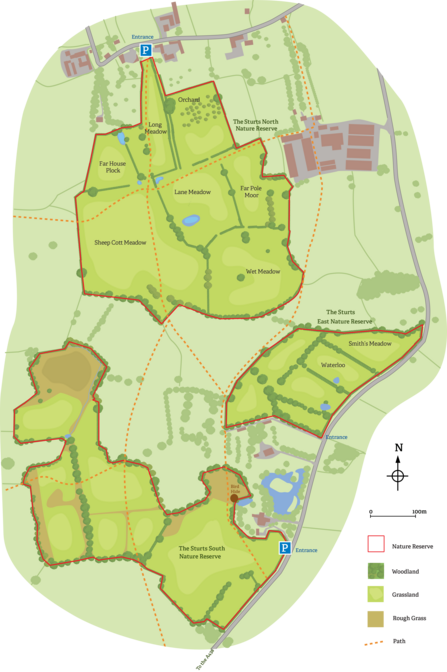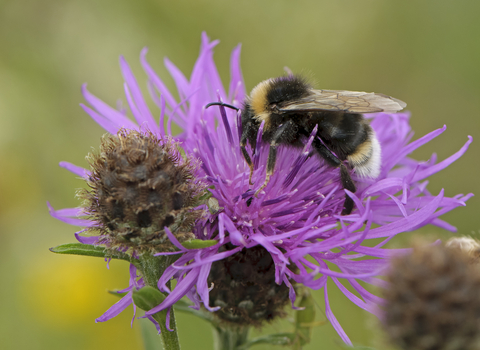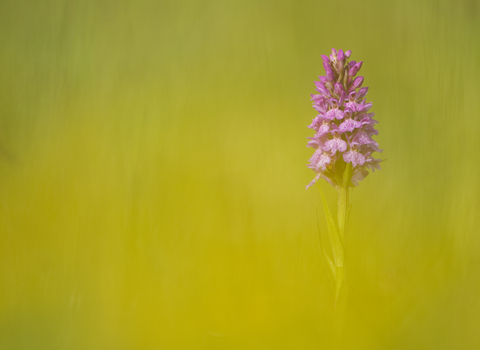
Chris Gomersall/2020VISION
The Sturts South
Location
Know before you go
Dogs
When to visit
Opening times
Dawn to duskBest time to visit
All year roundAbout the reserve
This reserve lies in the flood plain of the River Wye at the western edge of a low-lying basin known as Letton Lakes. This entire area is flooded every winter when the water levels rise in a nearby river, enriching the grassland soils. wet grasslands, both unimproved and semi-improved , The Sturts South reserve, together with our nearby reserve at Sturts North and East, comprise one of the largest areas of species-rich unimproved grassland in Herefordshire.
The reserve comprises a complex mosaic of grassland and wetland communities. The nationally important flood-plain grassland vegetation communities comprise areas dominated by great burnet and meadow foxtail, with meadowsweet, cuckooflower, devil’s-bit scabious, greater bird’s-foot trefoil and a few more unusual species, such as dyer’s greenweed and southern marsh orchid. This merges with meadow communities where crested dog’s tail, sweet vernal grass, common knapweed, bird’s-foot trefoil, betony and tormentil are common.
The fields in Sturts South are drained by a complex network of wet ditches and streams, connecting to a number of seasonal and permanent ponds. . The invertebrate fauna of the ponds includes water boatmen, water beetles, together with the larval stages of phantom midges and caddis flies, plus the nymphs of mayflies, dragonflies and damselflies. Both common and ruddy darter dragonflies hunt over the pools in late summer
There is a wide variety of birds species here throughout the year. A nationally declining bird species, the reed bunting, breeds here. It is hoped that numbers will increase when the habitat is improved by suitable management





